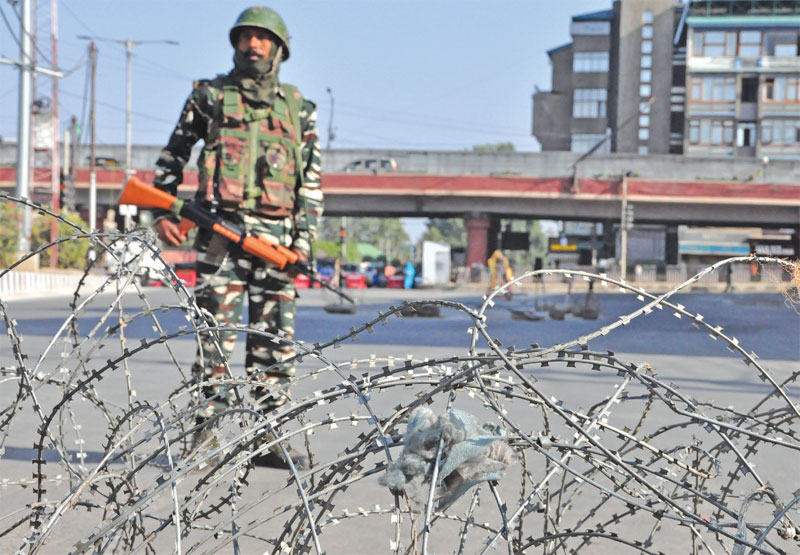The Loneliness of a Kashmiri
Ghazala Wahab
In the picturesque Baisaran meadow of Pahalgam, the reality of Kashmir caught up brutally on 22 April 2025 with the illusion woven by Prime Minister Narendra Modi’s government since it came to power in 2014. Converting posturing into policy, the Modi government’s prism on the then state of Jammu and Kashmir reflected only two problems. One, Article 370, which had prevented complete integration of the state into India by encouraging separatist tendencies; and two, the pending matter of the territory across the Line of Control (LC), which needed to be liberated from Pakistan’s occupation, thereby making the erstwhile Dogra kingdom whole again. This policy criminalised all other perspectives on Kashmir.

Hence, once Article 370, along with Article 35A was revoked on 5 August 2019, the government asserted that the first part of the Kashmir problem was solved. The erstwhile state, now bifurcated and demoted as two Union territories of Jammu-Kashmir and Ladakh, had been truly integrated into India. The separatist sentiment was dead. Normalcy had returned.
Evidence? The year on year growing numbers of tourists flocking to the Kashmir Valley. To milk the tourism windfall, newer regions were opened for the holidaymakers, who just couldn’t have enough of this slice of paradise. These regions included the volatile Gurez Valley, close to the LC, northeast of Kupwara. Once the hub of infiltration and counter-infiltration operations, which repeatedly put the civilian population in the crosshairs of the security forces, particularly the Indian Army, Gurez was opened for tourism in 2021, after the renewal of the LC ceasefire with Pakistan.
Trained in taking dictations from the government, most of the media accepted government’s declaration of normalcy without question. Thereafter tossed around between the government, the media and the people invested in promoting tourism, the idea of Kashmir being normal was internalised by all three to the extent that even the government forgot that it was originally a propaganda tool employed to reinforce its political project in Kashmir. In these circumstances, it was too much to expect that the media would scrutinise the government claims--say, how invested are the local Kashmiris in the official normalcy project.
A few simple questions are enough to paint a picture. How many Kashmiris are employed in the governance of the Union Territory (UT), at the higher, mid and lower levels of the bureaucracy? How many of the Kashmir cadre police officers—both at the Indian Police Service (IPS) and Kashmir Police Service (KPS) levels--are retained in the UT and how many have been parcelled out of the Valley to other states? Why several civil society activists, such as Khurram Parvez and journalists (Aasif Sultan etc) continue to be incarcerated? Why does the central government continue to run Jammu and Kashmir through a Lt Governor instead of restoring statehood? What political and administrative powers the elected UT government, with 46.6 per cent strength in the Assembly, has? Why the Armed Forces Special Power Act (AFSPA) is still in force in the UT? Why even partial revocation, something that was proposed by home minister P. Chidambaram and state chief minister Omar Abdullah in 2011-2012, not on the table? Why, instead of thinning out the troops, did the Indian Army induct additional 15,000 in J&K for internal stability operations? Why have there been repeated and consistent targeted attacks against the security personnel, non-Kashmiri residents and non-Muslim
Subscribe To Force
Fuel Fearless Journalism with Your Yearly Subscription
SUBSCRIBE NOW
We don’t tell you how to do your job…
But we put the environment in which you do your job in perspective, so that when you step out you do so with the complete picture.







